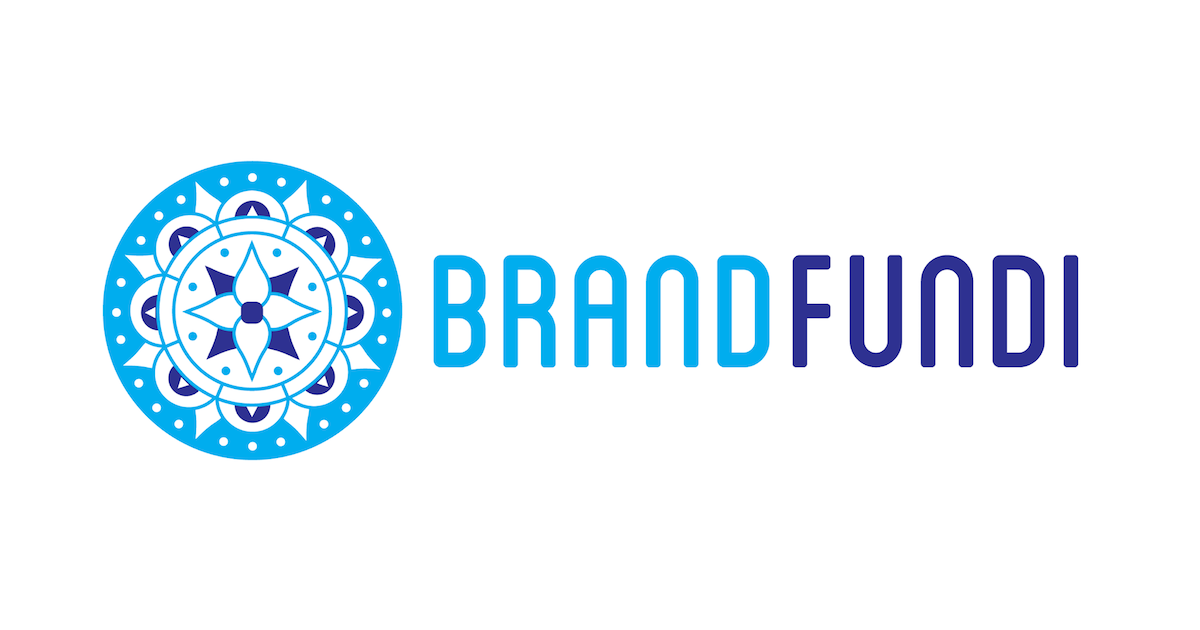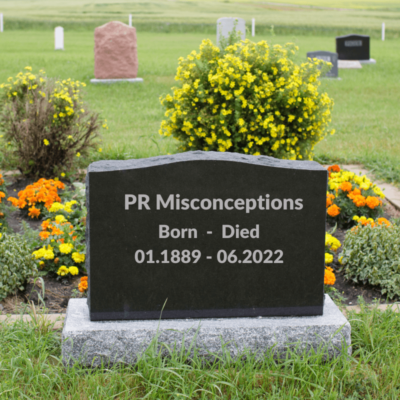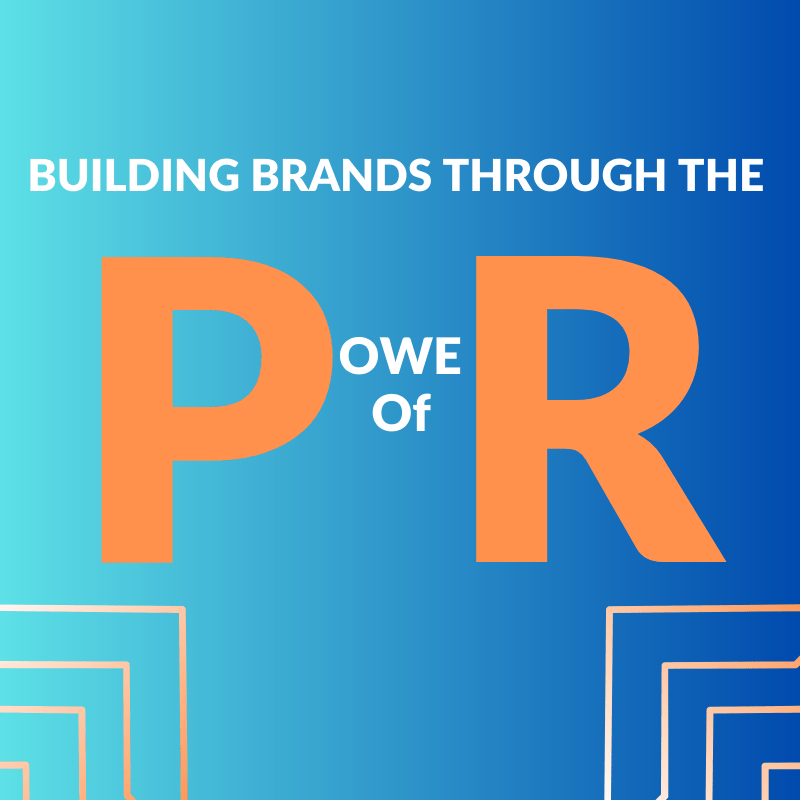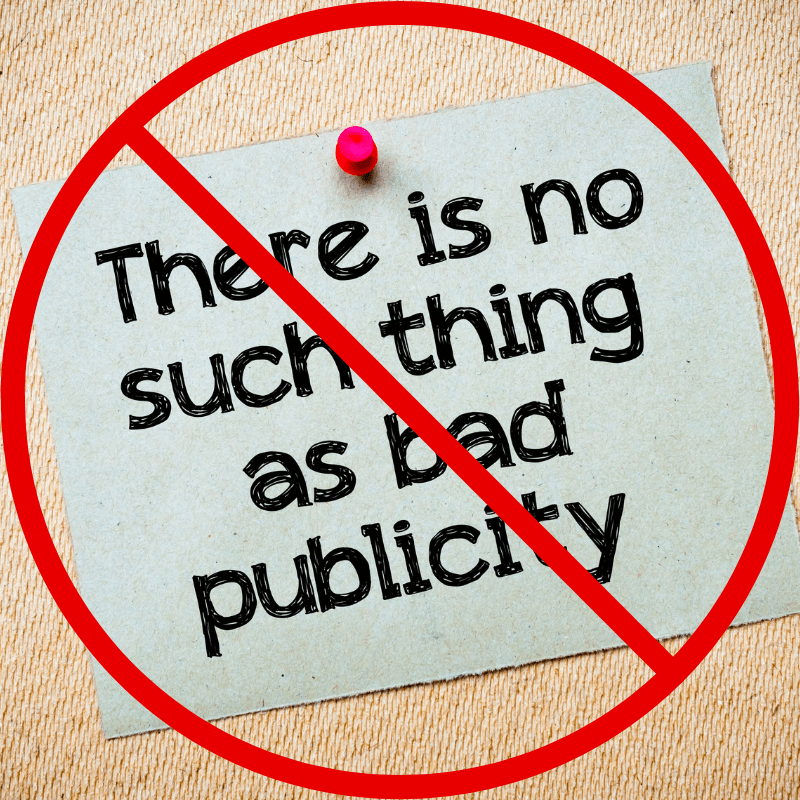The public relations industry has attracted its fair share of negative perceptions; some spawned from the traditional ‘good old days of PR’, others from agencies that promise the world and under-deliver, and the rest from pure lack of understanding.
PR has evolved into brand communications, blurring and merging the lines between what was traditionally a PR function with a marketing function. The rules have changed, and client expectations need to adapt.
Here are some of the most common misconceptions that need to be put to death for the sake of better brand communications in the future.
Hiring a PR Agency Guarantees Editorial
There is never a guarantee that editorial will be secured. By its very nature, editorial is earned or free exposure. Still, it’s important to recognise that many factors influence a story being published, including news cycles, newsworthiness, timing, competitor content, etc. – not even the strongest media relationships can overrule this. The decline in print advertising spend, rising cover prices, rapidly diminishing reach and shrinking newsrooms, and in some instances, poor quality journalism means that pitching editorial content has become even more difficult.
All Publicity is Good Publicity
This keeps PR practitioners up at night. And it should keep all other brand custodians up, too. Bad publicity is damaging and can destroy a brand’s reputation in an instance, even if the exposure is fake or isn’t accurate. Some brands have managed to overcome bad publicity, but there’s no quick fix. All the efforts to build a good reputation are lost, and even more resources are required to overcome the negativity through crisis communications. Reputations are built on trust, and trust is dwindling in brands, sectors, countries and leadership. It’s hard-earned and even more vital to uphold in today’s sceptical society.
Only Consider PR When in Crisis
PR is definitely the go-to team in a crisis as the experts in managing messaging and containing the ‘wildfires’, to minimise impact but mitigating potential and/or probable risks to the brand can be pre-empted with a full-time comms team. PR practitioners are always, or should always be, thinking about the implications of actions, comments and/or impending risks. People are generally bad at making decisions under stress, so it’s advisable to develop a crisis comms strategy in advance of any issues developing so that an action plan exists and only needs to serve as a guide to be implemented if need be.
PR Operates in Isolation
Working with a PR agency should be seen as a partnership. It requires trust, regular catch-ups, openness, responsiveness and information sharing. Little can be achieved without this collaboration, so if clients are too busy to dedicate valuable time to the relationship, it will likely fail. Clients know their business or industry best, so it’s their duty to impart that with their PR agency. Ideally, PR practitioners take information and knowledge from their clients and package it in a way that works to best to meet the brand’s objectives.
Organise an Event, and They Will Come
Media event attendance has notoriously been tricky, with a consistent drop-off of confirmed RSVPs on the day with media citing deadlines and workload pressures. Now, post-Covid, as businesses have adapted to WFH life, virtual and hybrid events open up more options for people. It’s widely publicised that there are now an average of six PR Practitioners for every journalist. Media are expected to cover more beats and deliver more stories more quickly than previously required, so time is always a critical factor. While media more than likely have good intentions of upholding a confirmed RSVP, it really comes down to ‘how much time can I afford to lose?’. Many opt for the event recording or press release instead. While PR agencies will work to secure attendance, this really is out of their control.
Published Editorial Online can be Amended
Yes and no. Editorial is not paid-for content and it’s written at the journalist’s discretion and so any preferential changes clients want to include are not welcome.
Very rarely, and mostly unheard of these days, a journalist will offer sight of an article before being published, but unless there are factual inaccuracies in any content published, the information cannot be amended and certainly no changes to the headline will be tolerated.
Direct Sales are Proof that PR is Working
Editorial coverage and even sporadic bursts of publicity are not going to drive sales, nor is it going to do anything other than increase awareness and help build a positive brand reputation through consistency and frequency. It can influence lead generation, but it won’t necessarily drive sales. PR efforts build trust in a product or brand that will bolster and support marketing and sales strategies for success, but ultimately it’s not a core objective for this discipline.
Tier 1 Print Media Matter Most
It wasn’t until a few years ago that some clients dismissed digital coverage as less significant and less valuable than print media. Fast-forward to today, and 67% of global news consumers now watch online video news, according to the Reuters Institute. Digital boasts far more benefits in terms of reach, shareability, and even tracking or monitoring. The focus and value has naturally shifted. Regardless, editorial exposure success should be measured by featuring in media that reach the relevant target audiences, even if they’re niche. The right message to the right audience is what matters most.
PR Success is Measured in AVEs (Advertising Value Equivalents)
Historically, PR has been considered a press release machine, driving awareness through editorial and relying on AVEs to demonstrate value through the estimated cost of the press release coverage achieved. It is astonishing that so many clients and PR agencies still rate AVEs so highly. The problem is that the’ value’ is grossly exaggerated without an industry benchmark to calculate the return on editorial exposure, as it does not measure the quality and effectiveness of the coverage achieved. Some agencies would multiple the PR value by three and others by up to 15 times more. The quality of exposure should be evaluated against several factors including tone, credibility and relevance of the medium to the stakeholder or audience, message delivery, inclusion of a third-party or company spokesperson, and/or prominence as relevant to the medium.
Further, PR value should be measured against smart objectives that track that the content disseminated actually reached the target audience, that there was resulting action by that audience, that it influenced their perception, trust etc., and that it had some impact on organisational change, i.e., leads, retention and so on.
PR is Media Relations
Effective PR is more than media relations. It’s just one tool within the PR toolbox. There are many more strategically valuable tactics and channels to meet the brand’s objectives. Other considerations include reputation management, internal communications, crisis management, social media strategy, event management, speaking engagements, influencer relations, awards, content marketing, etc. Each tactic has a role to play in achieving communication and brand objectives and should be considered as part of an overall strategy.
PR is Expensive
The market is saturated with competition, including big agencies, mid-sized agencies and boutique agencies. All have different price points and different expertise. Bigger agencies tend to take on clients with a certain budget, i.e. a minimum retainer fee. Boutique and mid-size agencies are happier to accommodate smaller budgets, and will develop a suitable strategy in line with that. That said, when a client understands and appreciates the value of strategic PR, the expense becomes relative.
Anyone can do PR
In-house marketing teams, junior interns, sales reps and even secretaries have been tasked with handling PR. While the industry had earned the reputation of the ‘bums and balloons’ of business, the profession has earned respect as a cornerstone to growing brand equity. The industry is one of the country’s fastest-growing fields, with employment rising and will continue to grow in importance over the next five years. In an era of fake news, brand distrust, increasing pressure on brands to demonstrate shared values and the need to exhibit positive and authentic social impact, who better than a professional PR agency partner to strategically and creatively help overcome challenges and realise the brand’s ambitions. It’s a highly skilled and fulltime role that is best left to the professionals.




